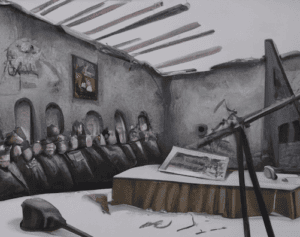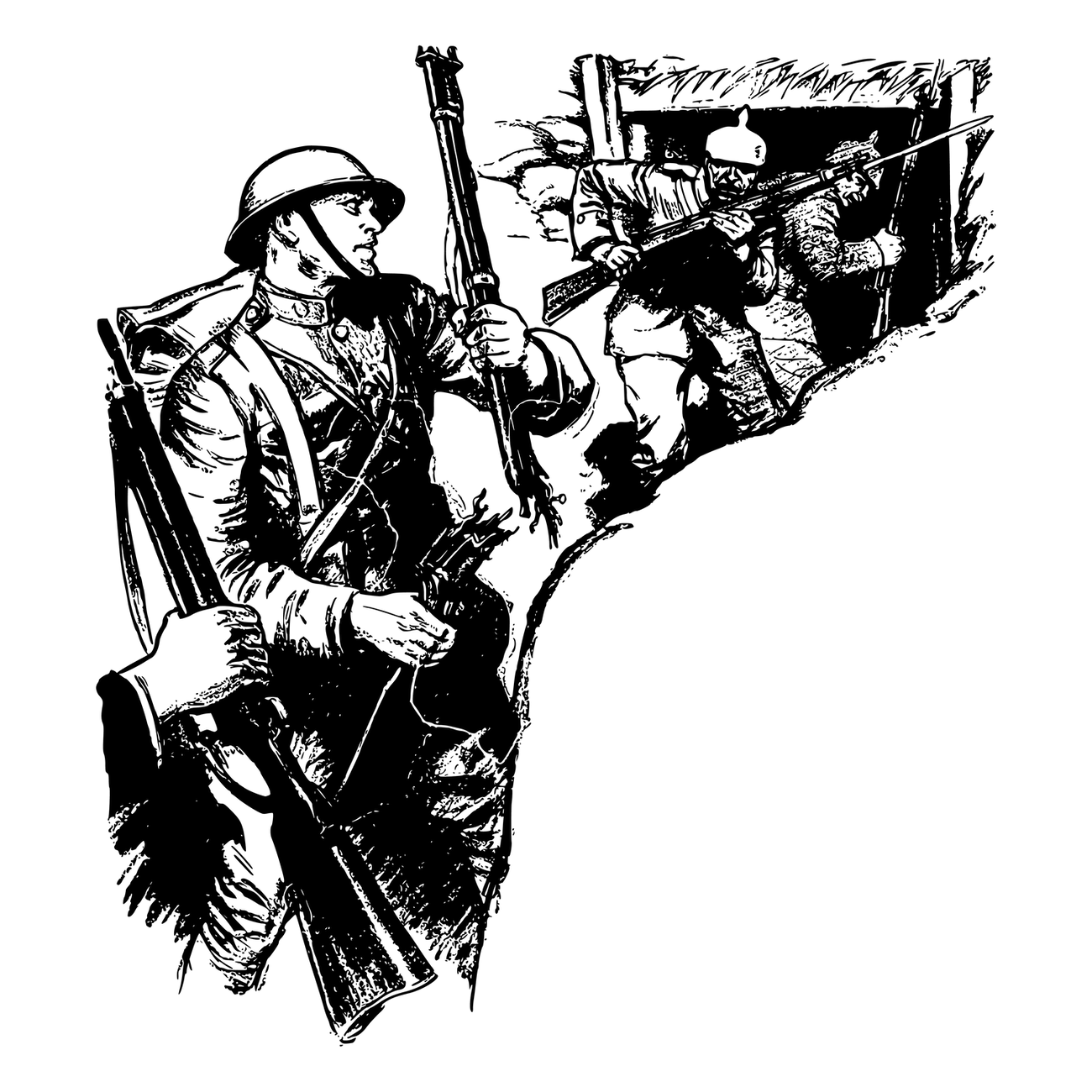Propaganda has been used for centuries to influence the thoughts and beliefs of people. From political campaigns to advertisements, the art of persuasion has become an essential tool for those looking to shape public opinion. In this blog post, we will explore the history of propaganda and the techniques used to make it effective.
History of Propaganda

The concept can be traced back to the Roman Empire, where political leaders used it to sway public opinion in their favor. During World War I and II, governments used propaganda as a means of motivating their citizens to support the war effort. In the 20th century, propaganda became more sophisticated, with governments and corporations using it to manipulate public opinion on a larger scale.
One of the most common techniques used is emotional appeal. Propagandists often use images and symbols that evoke emotions such as patriotism, fear, and anger to sway people’s opinions. For example, in World War II, the Allies used propaganda posters featuring brave soldiers and patriotic symbols to encourage citizens to support the war effort.
Another technique used is repetition. By repeating a message over and over, the propagandist aims to embed the message in the minds of the target audience. This technique was famously used by Joseph Goebbels, the Nazi Minister of Propaganda, who said, “If you tell a lie big enough and keep repeating it, people will eventually come to believe it.”
The use of celebrity endorsements is another common technique in propaganda. By having a well-known and trusted individual endorse a product or idea, the propagandist can increase its credibility and influence among the target audience. This technique was used extensively during the 20th century, with celebrities endorsing everything from war bonds to political candidates.
Propagandists also use symbols and slogans to convey a message. These symbols and slogans are often simple and memorable, making them easy to recall. For example, the Nazi party used the swastika as a symbol of their ideology, while the Allies used the phrase “Keep Calm and Carry On” to encourage citizens to remain steadfast in the face of adversity.
Finally, propaganda often employs the use of misleading information. Propagandists often present partial truths or false information to support their argument, and they use selective information to support their point of view. This technique is often used to create false perceptions of reality and to manipulate public opinion.
Propaganda has been used throughout history to influence public opinion and shape the beliefs of people. While the techniques used have evolved over time, the underlying principles remain the same. Understanding the history and techniques used in propaganda is essential for those looking to critically analyze the information they are presented with and make informed decisions.
Keywords: Propaganda, history, techniques, emotional appeal, repetition, celebrity endorsements, symbols, slogans, misleading information, persuasion.
Check out our Novel Writing Workbooks
Check out Little Tree Food Forest for articles on food forests and homesteading.
Check out FoodieScapes for articles on growing, fermenting and preserving food
Check out StoryScapes.World for articles on writing.
Subscribe to our newsletter to get information delivered to your inbox on how to write a book, outlining your novel, keeping journals, marketing your novel, self-publishing, writing poetry and more.










